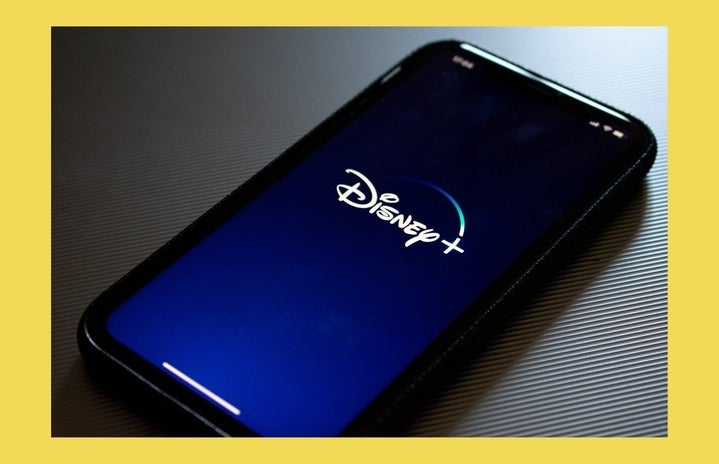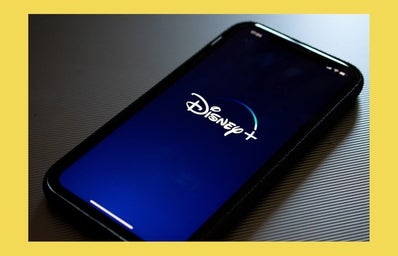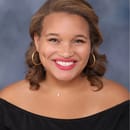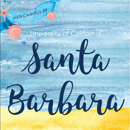Having been stuck in quarantine for nearly 9 months now, I’ve gone through all my favorite shows on Netflix, Hulu, and Disney+. I keep finding myself coming back to rewatch one of my favorites since I was little— Boy Meets World. In my binging, I’ve realized that the 90’s sitcom was far ahead of its time, tackling diverse and sensitive topics, and a lot of the media we enjoy today draws on concepts either originated or normalized on Boy Meets World.
The first thing that stood out to me was the ‘eboy’ look, which was popularized by creators such as Chase Hudson (lilhuddy) on TikTok. But one glance at any episode of the show will reveal that one of the main characters, Shawn Hunter, was rocking this look decades before the For You Page. Shawn’s fashion sense combined chains, leather jackets, oversized button up shirts, and layering, making him the blueprint for a style that has taken over the industry in the last year. The show also played up the concept of a ‘himbo,’ with the characters Shawn Hunter, Jack Hunter, and Eric Matthews delivering performances as comedic yet rather aloof men with disregard for rules and academics. You’ll see this character type on any show, movie, or TikTok today, but it was a refreshing reverse on the gender stereotype where women were the ones typically portrayed as ‘bimbos’ who aren’t smart and rely on the men in their lives for everything. Instead, all the portrayals of women in the series are feminist and present them as not only equal to, but often better than their male counterparts. Topanga may give up a Yale scholarship to attend college with Cory, but the audience watches since her middle school days how smart and tenacious Topanga is, making her deserving of the scholarship instead of randomly getting accepted into an Ivy League after putting in no academic work like Quinn on Glee or Betty on Riverdale.

The show also can be prided on its representation that, back then, was few and far between. Friends was the reigning sitcom of the 90s, following a group of white people in their wacky but tame lives, while Boy Meets World had plotlines including a Black main character, interracial relationships, atypical family dynamics, and toxic relationships. Angela, who becomes a lead later in the series, maintains her identity as Black woman even surrounded by the other white protagonists. In one joke, everyone is saying their stage name, which you make by combining your middle name with the street you grew up on. Angela laughs, “She-Nay-Nay Martin Luther King Jr. Boulevard,” then deadpans, “I need more Black friends” upon seeing their blank reactions. She has a tumultuous relationship with Shawn, but it never once brings her race in as a factor that troubles their romance. There’s also representation for atypical families as Shawn does not have two parents, and there’s plotlines where they learn about other students’ families, like one where a girl is being abused by her father. Heavy plotlines like these are rare on a Disney show, despite being the most impactful lessons for impressionable viewers.
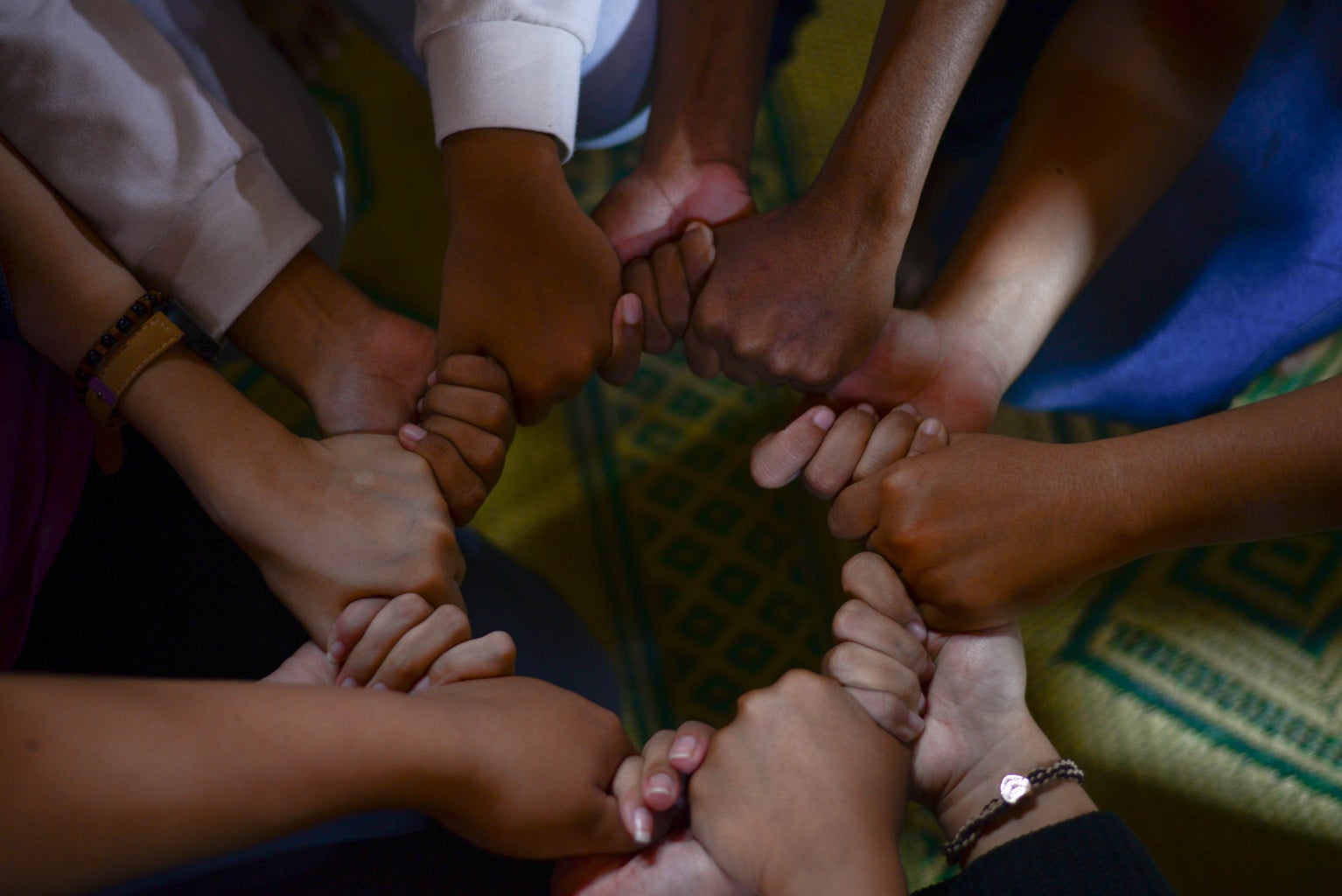
Modern TV shows such as The Fosters and Big Little Lies are known for their portrayal of not just diverse characters, but diverse and complex issues that should be addressed in our society. But I believe that baton was passed on from Boy Meets World, and that it deserves all the hype it gets from TikTok edits and tweets about relationship goals. From wacky hijinks, to hilarious jokes, to heartfelt moments and tough life lessons, I can’t recommend any show more highly than this one. If you don’t fall in love with at least one of the white boys by the end of the series, I will venmo you a penny.
